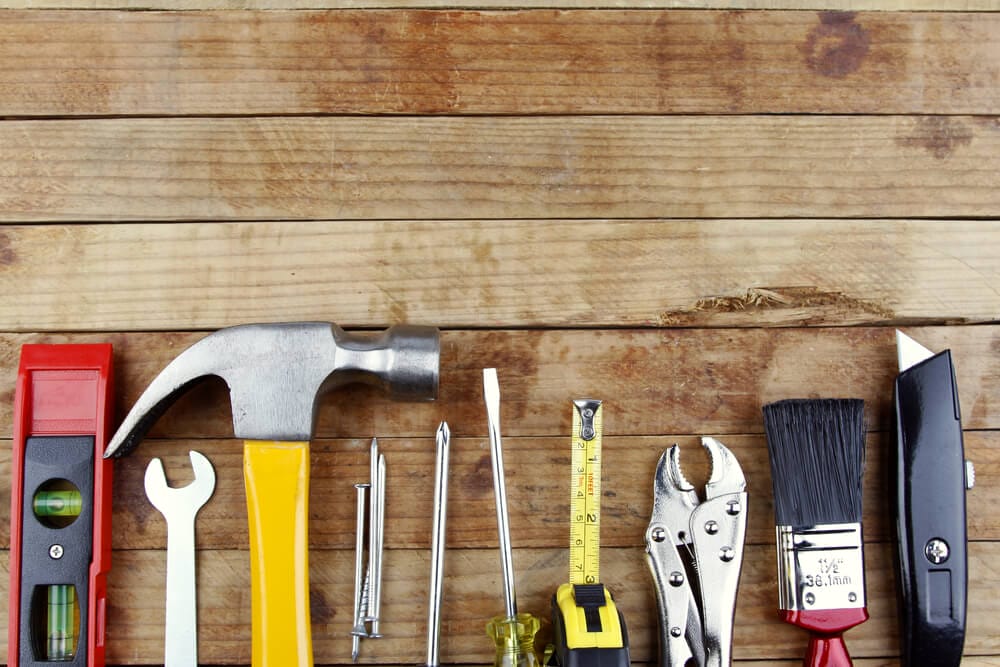When home buyers begin to think of buying a home, there are some major considerations to make.
Certainly, the price range of the future property is important as well as getting comfortable with the projected monthly payments including not just the principal and interest payment but a monthly allotment for property taxes and insurance. The monthly payment is based upon the term of the loan, the amount borrowed and the interest rate. Loan terms can vary anywhere from 10 to 30 years and in some instances a 40-year term on certain portfolio type mortgages.
Interest rates are set daily by a mortgage company and can change from day to day, or even during the course of a business day in topsy-turvy times. Given the term and the rate and finally the amount borrowed, the payment can be calculated. Borrowers can have a choice about the term of the loan and can save on long-term interest with a shorter term. To keep payments lower, borrowers may elect to choose a longer term. Borrowers can also raise or lower the monthly payment by choosing how much to borrow.
Most mortgage programs have a minimum down payment requirement. Government-backed loans include VA and USDA mortgages which require no down payment and the FHA program which only needs a 3.5% down payment. These programs conserve borrower’s cash and lessen the amount needed to close. Conventional loans, those underwritten to Fannie Mae or Freddie Mac guidelines also have a minimum down payment requirement of 5.0% for an owner-occupied residence.
How Do Conventional Loans Effect Piggyback Mortgages?
Conventional loans didn’t always have such a low down payment option and for years required at least a 20 percent down payment from the borrowers. Conventional loans didn’t come with any government guarantee. Should the loan ever default, the bank foreclosed and took the property back, something the bank never wanted to do. The 20 percent down payment helped offset that risk.
PMI
Back in 1958, a company called the Mortgage Guarantee Insurance Corporation, or MGIC, created an insurance policy that would pay the mortgage company the difference between the original 20 percent down payment and the actual down payment. If the borrowers put down 10 percent, MGIC would insure the other 10 percent in the case of borrower default. The mortgage insurance policy was also underwritten and approved in a similar fashion as the mortgage company. This was the beginning of the private mortgage insurance, or PMI industry.
The premiums for mortgage insurance have changed several times over the years and payment methods. Today, mortgage insurance can be paid by the lender or by the borrowers. The borrowers also have a choice to pay a one-time premium or pay it monthly, the most popular option. PMI premiums change based upon the type of loan, down payment amount and even the credit score of the borrowers. These premiums can sometimes be a bit costly and borrowers then had a choice of taking out a government-backed loan if they were eligible or waiting to save up more money for a down payment.
The Other Option
To avoid the cost of private mortgage insurance, another option is called the 80-10-10, or “piggyback” loan. So-called due to the presence of a second, subordinate lien, the piggyback loan does not require mortgage insurance because the first lien is at the 80 percent mark with the second mortgage making up 10 percent of the sales price along with the borrower’s down payment of 10 percent.
Why is this an advantage?
Just as private mortgage insurance premiums can change, so too can mortgage rates and when buyers want to finance a purchase with a conventional loan but not with a 20 percent down payment. So, the mortgage lender presents the 80-10-10 option. The interest rate on the second lien will be slightly higher than the first mortgage but in most cases the total monthly payment is lower than a conventional mortgage with 10 percent down with private mortgage insurance.
Borrowers who take out a piggyback mortgage have the option of paying off the second lien entirely at any time as there are no prepayment penalties. With private mortgage insurance, there isn’t a premium that can be paid off to remove the monthly payment. There are a few ways to get rid of private mortgage insurance and both involve getting the mortgage balance down at or below the magical 80 percent level.
The first way is to simply do nothing and let the loan naturally amortize over time to the required amount. There is a law that requires lenders to automatically cancel PMI when the loan balance falls to 78 percent of the original sales price. This can take some time, though. Taking a 30 year fixed rate mortgage, it will take around 11 years for this to happen. You also have the option of paying extra on your mortgage each and every month to more rapidly get to the proper amount. Or, you can have the property appraised when you think your mortgage balance is at the 80 percent mark.
When borrowers feel their property has appreciated in value enough to get rid of mortgage insurance, the request must be made in writing and the borrowers must also be prepared to pay for an appraisal. Finally, if the value is there and borrowers are refinancing to get a lower rate or to get out of an adjustable rate mortgage into a fixed, during the process the mortgage insurance premium is cancelled because the new loan is at or below 80 percent of the current market value of the property.
Conclusion
But it’s important to remember that your options are more than just putting down more money and there may also be times when the mortgage insurance premium is actually lower than the piggyback option. Work closely with your loan officer and carefully compare options, but more often than not, you’ll find the piggyback the better way to go.


